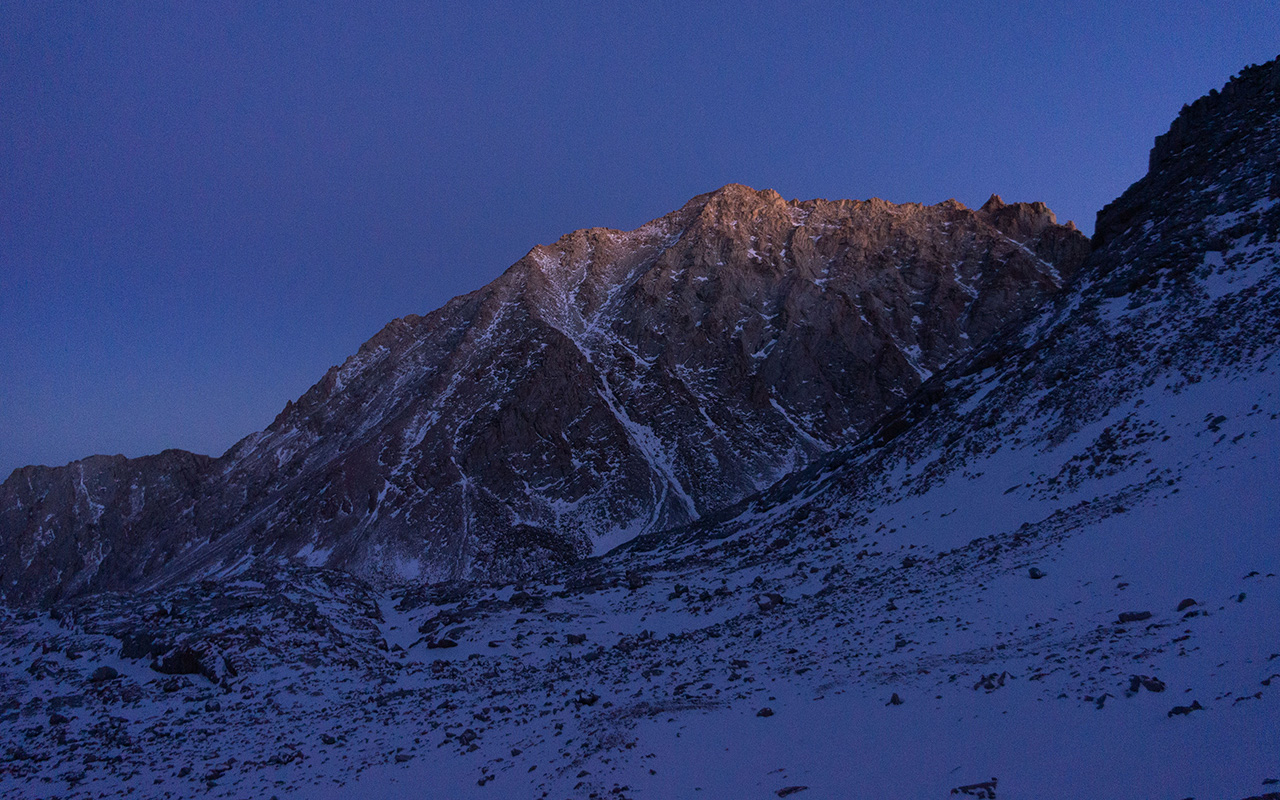On Not Dying

Did they see it coming? When I hear of fatal accidents in the backcountry, that's the first thing I wonder. If you know a slope you want to ski is likely to avalanche, what you choose to do next is your business.
But how often do we have that level of clarity?
When the stakes are high, the Universe is rarely so kind as to be predictable. And so we are often unaware of hazard even when we're in mortal danger.
Can we can learn to see into our blind spots? And if we could, would it make a difference? You'll find my attempt to answer those questions (and more) in this series of essays on backcountry safety.
But first, a warning:
I believe any single strategy or piece of advice can, from person to person and/or in shifting contexts, result in very different outcomes. What saves your life today might get you killed tomorrow.
So take anything you read from me on the subject of safety as at best provisional, subject to change, and, on any given Sunday, potentially hazardous.
For reasons I hope are obvious, I do not attempt to avoid risk entirely. I believe risk is an inherent and unavoidable part of life—an essential part, even.
But not all risks are created equal.
In the context of the backcountry, our exposure to danger always begins with a choice. You can always stay inbounds. You can always stay home. Whenever you enter the wild, begin by recognizing you're doing so by choice.
Wherever you are, learn to notice systems and hazards as they develop around you. Unless and until something goes catastrophically wrong (and sometimes even then), you always have the power to choose to press on or withdraw.
Developing moment-to-moment awareness of your exposure to risk, and acknowledging that exposure as a choice, might be a different way of doing things. But I do think it has merit.
In any case, it seems like a good place to start.
— November 18, 2023
Andy Lewicky is the author and creator of SierraDescents
Dan Conger November 18, 2023 at 10:53 am
This is a very important topic, and I'm looking forward to reading your thoughts. While I don't head into the mountains as often as I like, or as often as you do, my friends and co-workers know that I do. I have been asked a question very often (really, two questions that are a variation of the same theme). Why are more people dying and/or getting injured in the wilderness these days (or, the variation, do I believe that more people are and why)?
In my opinion, it really boils down to a few simple changes over the last 50 or so years. 1) there is enhanced accessibility due to modern cars; 2) there is enhanced accessibility due to modern roads; 3) there is a feeling of invulnerability due to the ease whereby a "not a professional" outdoor enthusiast can get access to world-class equipment.
1) Does anybody remember the old movie trope where a person is running from bad guys, the person jumps into a car, and the car will not start? Do you know why that is no longer a movie trope? Modern cars, in general, just don't have this problem. Also, I remember what it was like driving my first car, a 1988 Honda Civic, over 70mph ... kinda scary. My modern Honda Pilot? I can hit 90mph and not really feel it.
2) Highways 50 years ago were neither as well built nor as well maintained. For an illustration, anybody traveling from LA to Mammoth should hop off the modern highway just west of Bishop at Ed Powers Road and take the side roads all the way to Tom's Place. The side roads are the old highway. There is a huge difference.
3) I can head to REI, or some similar store, and buy all the same world-class equipment that people use on 8,000 meter Himalayan monsters. That equipment can make people feel invincible and thus make them careless.
So, for me, it is this ease of access combined with carelessness arising from access to world-class equipment that leads to a higher rate of accidents. Andy, really interested to hear your thoughts on what I've put forward here.
Stephen November 18, 2023 at 12:11 pm
Building up knowledge and awareness of risk will definitely keep you and those around you safe, more than anything else.
Without it, you wouldn’t actually have any idea what kind of world class gear to buy at REI in the first place (previous commenter was mentioning this)…or what kind of vehicle you might need to safely get to/from a trailhead etc.
I’m with you on all of this, but I’ve also had a few close calls when I made mistakes (sometimes big ones) because I didn’t know what I didn’t know.
I’m sure that I’ll make more in the future as well. In the meantime, I’ll continue to read your posts and to learn as much as I can (especially through experience) and to hope that nature—and my fellow humans—will give me grace when I get into tight spots in the future.
Thanks for sharing your experiences here Andy, it’s a great blog!